There can be your advertisement
300x150
How to Choose Lighting for the Living Room: 5 Designer Tips
Useful recommendations from an expert
The living room is a space where, along with the kitchen, the family spends most of their time. Properly planned lighting scenarios can make staying there as comfortable as possible.
Marina Svetlova, Designer
Calculate Lighting Requirements
First and foremost, you need to calculate lighting requirements based on the room's area since this determines comfort. At the same time, clients may have individual preferences: some prefer brighter lighting while others like softer light. Light fixtures with replaceable bulbs are more versatile in this regard, as they allow adjusting brightness after installation by simply changing the bulbs.
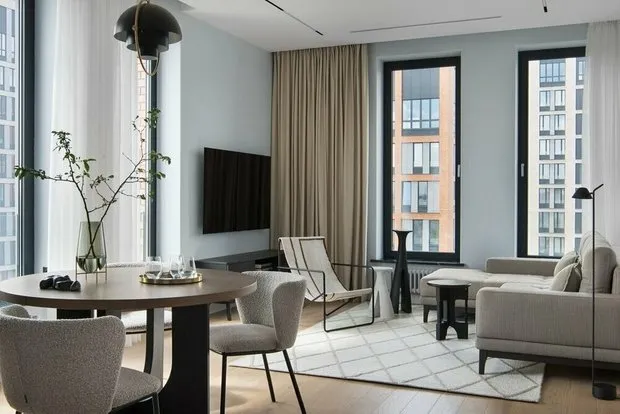
Design: Ksenia Skorogod
Distribute Light into Groups
After determining the overall lighting level, it's important to divide it among various groups of light fixtures. This means defining the function of each lighting group: whether they will illuminate the entire room or specific zones such as a workspace if it's located in the living room, a TV area, etc. Alternatively, light fixtures might serve a decorative purpose and highlight certain areas without fully lighting the room.
LED accent lights, wall sconces, and floor lamps usually emit softer light to create evening atmospheres. Ceiling lights and chandeliers are typically functional, either lighting the whole room or specific zones.
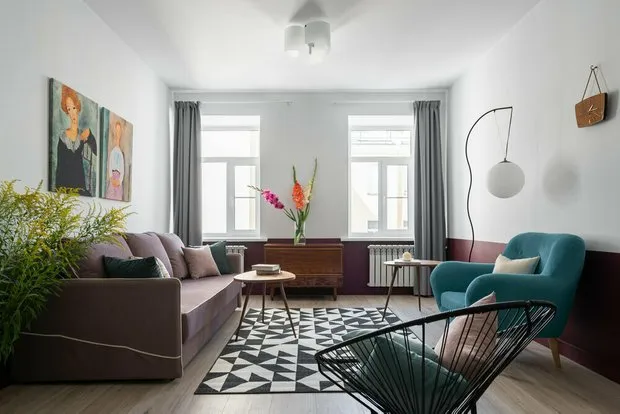
Design: Lyudmila Golitsyna
Select Light Temperature
The next key point is choosing the light temperature. LED bulbs (which are commonly used now, for example in track or recessed LED fixtures) usually come with two temperature options: 3000K or 4000K. Before ordering lighting fixtures, you should:
- Firstly, determine which light temperature is more comfortable for the client (I prefer 3000K for a warmer feel, although sometimes clients opt for the cooler 4000K).
- Secondly, ensure other lighting options match this temperature. Otherwise, switching on multiple groups of lights at once may create an uneven appearance due to varying temperatures.
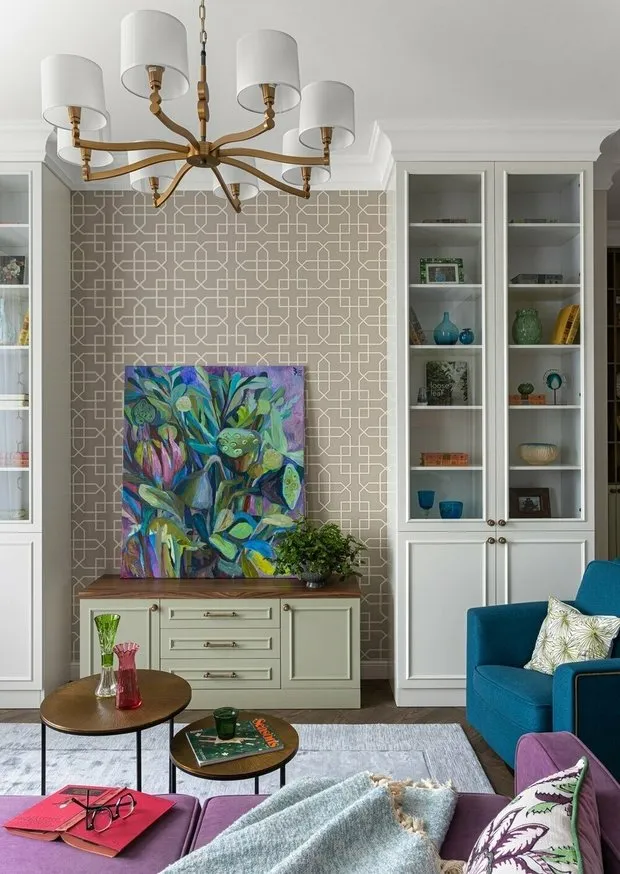
Design: Olga Tsurikova
Pick the Appearance
Once all technical aspects are addressed, you can focus on the aesthetic side. Light fixtures may serve as focal points or remain discreet (like recessed ceiling lights). A key consideration is matching the metallic finish of lighting with furniture and decor items made from brass or similar materials.

Design: Anastasia Kholoptseva
Determine Size and Scale
When finalizing your lighting choices, consider size proportions. In a spacious living room, a small-diameter chandelier will look disproportionately tiny, while floor lamps or wall sconces with large shades may seem bulky in a small living room.
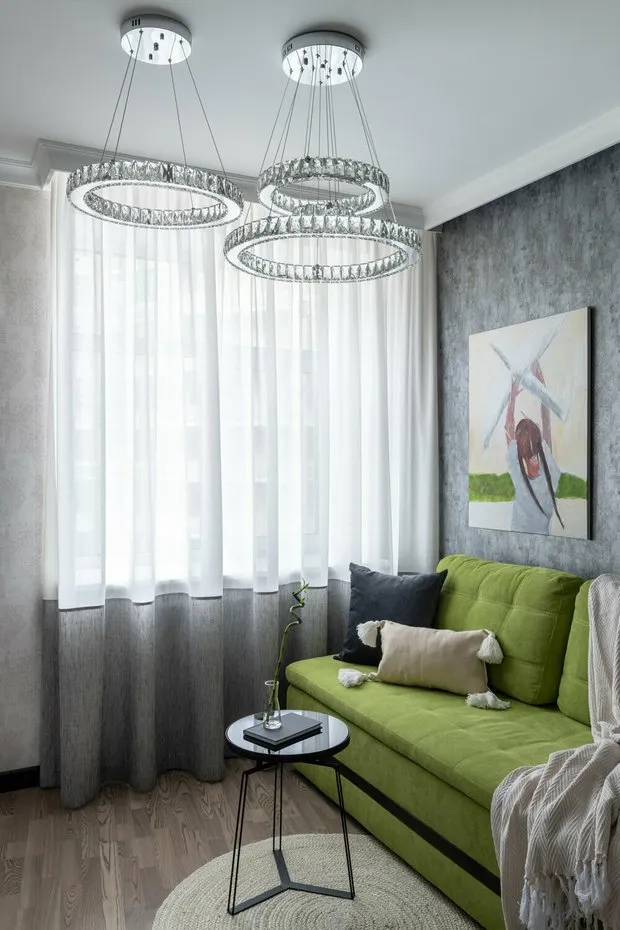
Design: Tatiana Arkhipova
More articles:
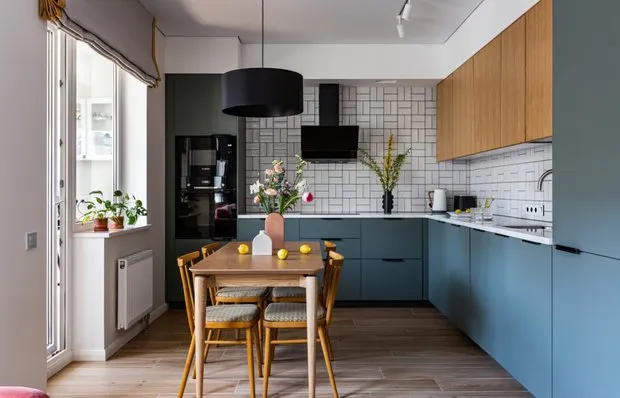 Planning a Renovation: Budget, Stages, and Pro Tips for Apartment Finishing
Planning a Renovation: Budget, Stages, and Pro Tips for Apartment Finishing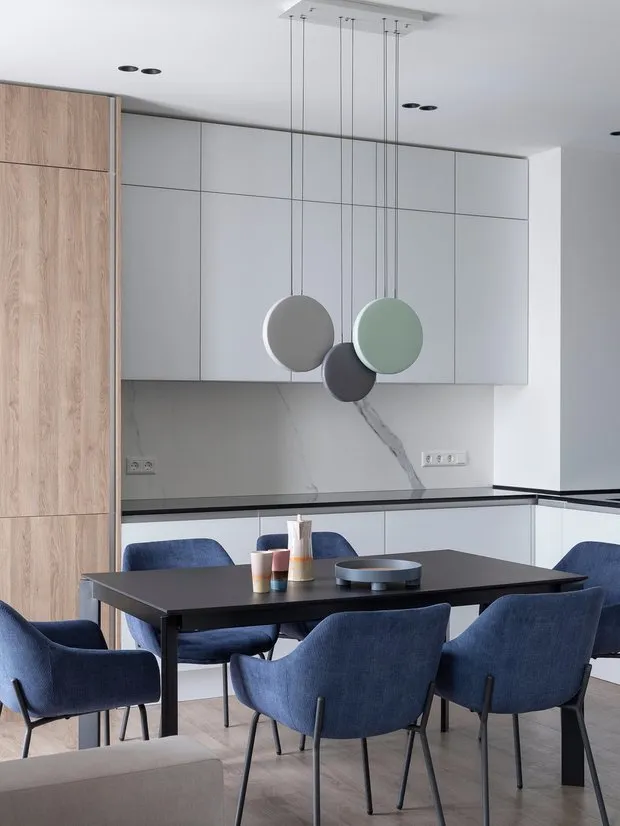 Large Format Ceramic Tile in Interior Design: 6 Real Examples
Large Format Ceramic Tile in Interior Design: 6 Real Examples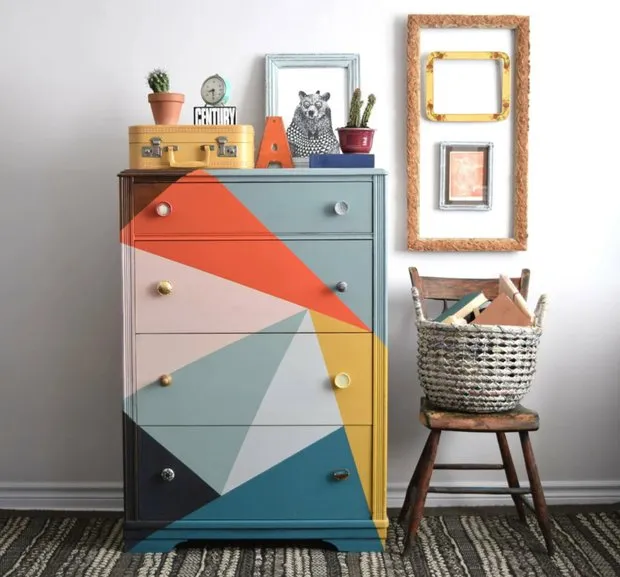 How to Upgrade a Rental Apartment Cheaply: Checklist of Practical Solutions
How to Upgrade a Rental Apartment Cheaply: Checklist of Practical Solutions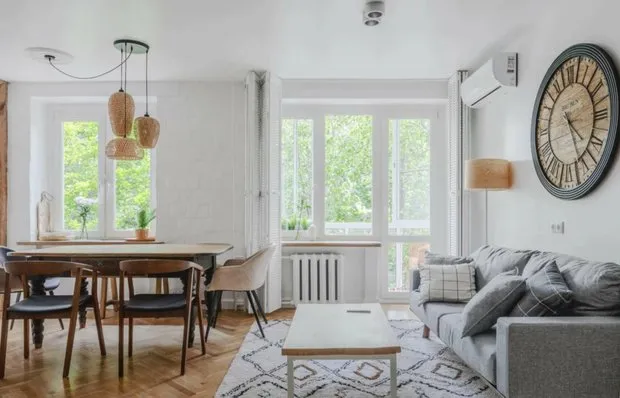 Warm Barcelona in a Soviet Khrushchyovka: Before and After Renovation Breakdown in a Typical Dump
Warm Barcelona in a Soviet Khrushchyovka: Before and After Renovation Breakdown in a Typical Dump Designer Reveals How to Achieve Stylish Apartment Renovation on a Small Budget
Designer Reveals How to Achieve Stylish Apartment Renovation on a Small Budget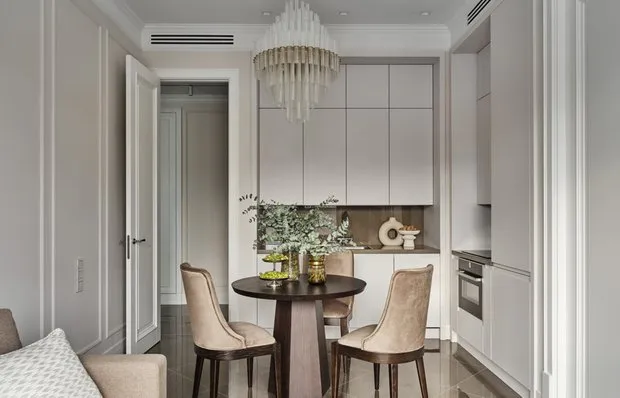 How a Designer Visually Expanded a 62 m² Apartment Using Finishing Touches
How a Designer Visually Expanded a 62 m² Apartment Using Finishing Touches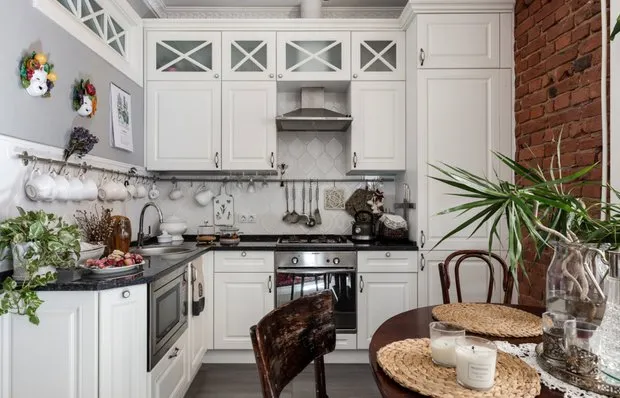 How to Plan a Renovation to Avoid Wasting Money and Stress
How to Plan a Renovation to Avoid Wasting Money and Stress How to Revive a Tired Interior? 5 Designer Tips
How to Revive a Tired Interior? 5 Designer Tips